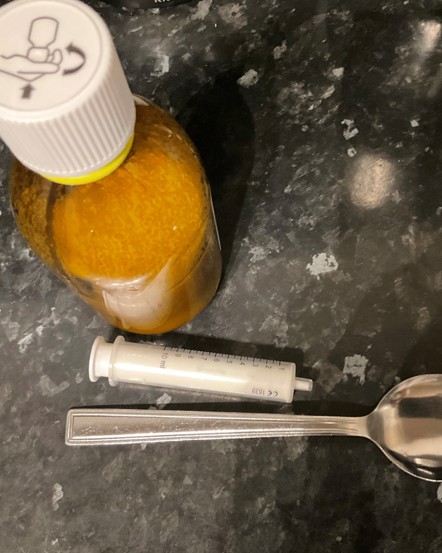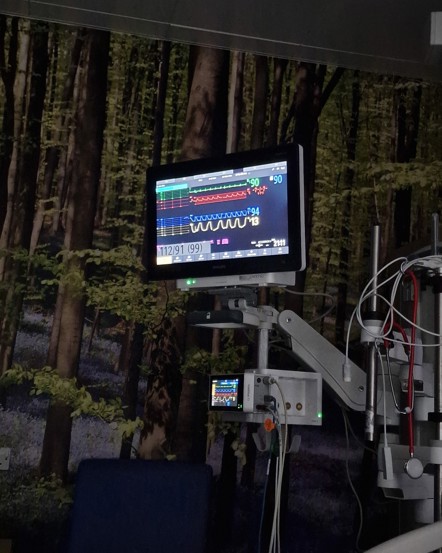Bohring-Opitz Awareness Day

Guest Bloggers
Firefly guest bloggers are made up of parents, therapists and professionals who wish to remain anonymous.
Talynn Gurganus was born at 35 weeks on January 27, 2014. At birth, she was transported to Children’s Hospital of the Kings Daughters and spent 3 ½ weeks in the NICU.
At birth, she was transported to Children’s Hospital of the Kings Daughters and spent 3 ½ weeks in the NICU.
Over the first 11 months of her life, Talynn demonstrated the following symptoms:
● Missing part of her brain (P-ACC)
● Feeding difficulties (G-tube fed)
● Very slow growth (failure to thrive)
● Developmentally delayed
● Birthmark (flammeus nevus)
● Nearsighted (myopia)
● Prominent eyes
● Low muscle tone (hypotonia)
● Recurring respiratory infections (pneumonia)
● Silent aspiration
● Unable to communicate verbally
● Multiple hospitalizations
● Sleep apnea
● Abnormal hair density and length
We were in need of answers as to why our daughter had these symptoms and why she was hospitalized so many times.
We went through many doctors until we found the right team of twelve. Finally, the day came when we got a call from our Geneticist. She told us she suspected that Talynn had Bohring-Opitz Syndrome.Bohring-Opitz Syndrome is an extremely rare genetic syndrome.
There are fewer than 100 cases in the world.
This syndrome is diagnosed by genetic testing and is a mutation in the ASXL1 gene.The leading cause of death is respiratory infections.
Children with BOS can have feeding difficulties, recurring respiratory infections, sleep apnea, developmental delays, failure to thrive, abnormal hair density and length, Wilm’s Tumors, brain abnormalities, silent aspiration, and the list goes on.
On January 14, 2015, the genetic blood work came back and confirmed Talynn had Bohring-Opitz Syndrome.Talynn’s first year of life was her hardest, but now that we know that she has BOS, it helps us better prepare for the hard days.
Since Talynn’s diagnosis, the only additional symptom she has developed is seizures.
Talynn continues to develop, but at her own pace. We will never let any of these labels define who she is.
We will help her be the best she can be!
Show your support this April 6, 2018 by wearing navy and gold for Talynn and the other Bohring-Opitz Syndrome patients!
Follow Talynn’s Journey @talynnsjourney.


